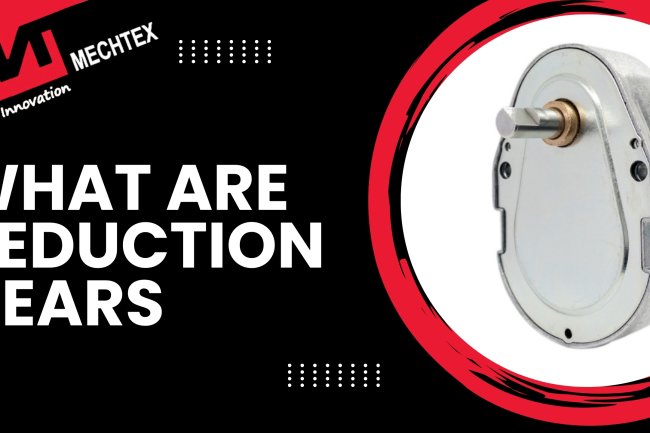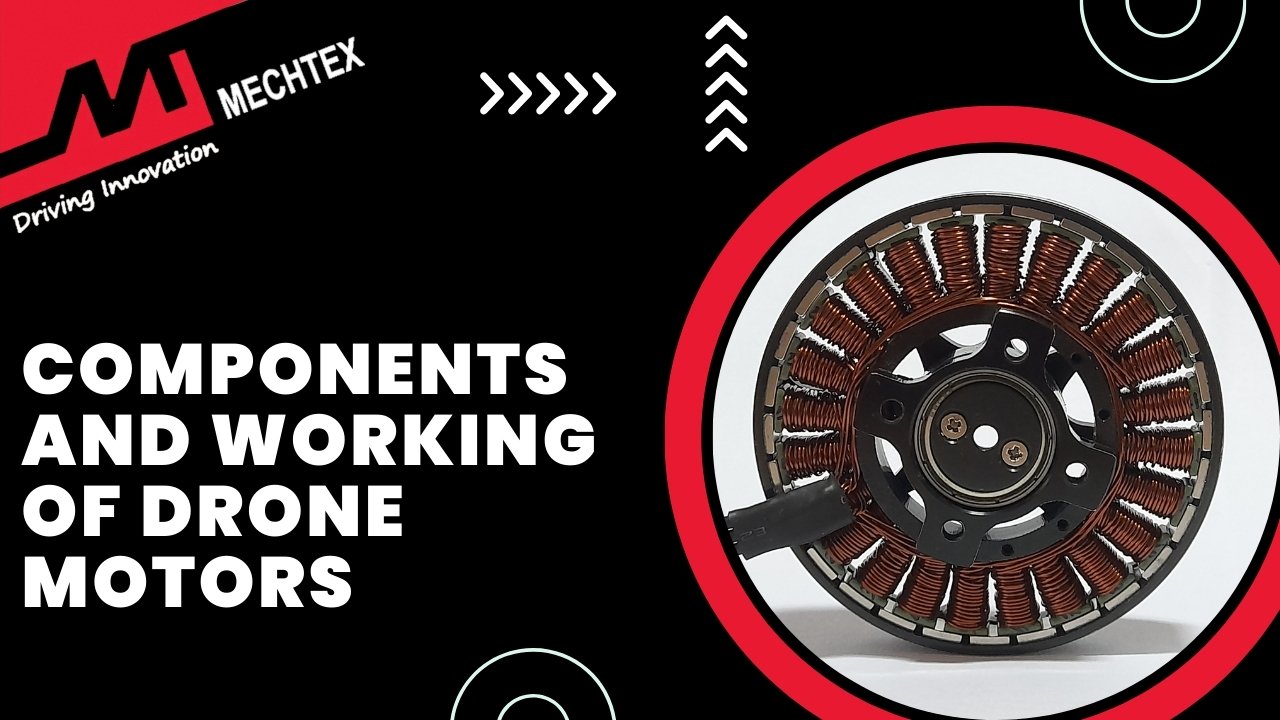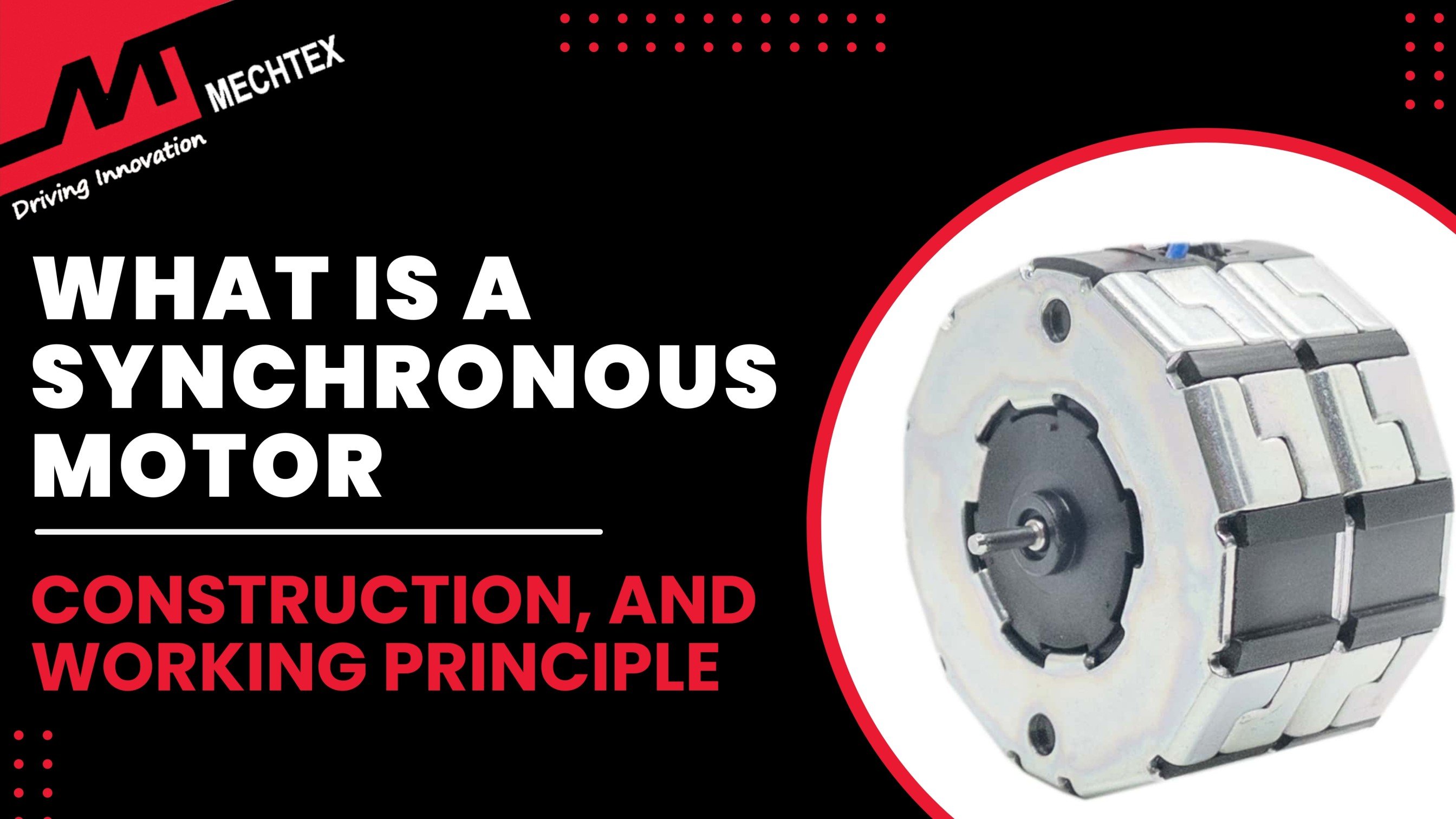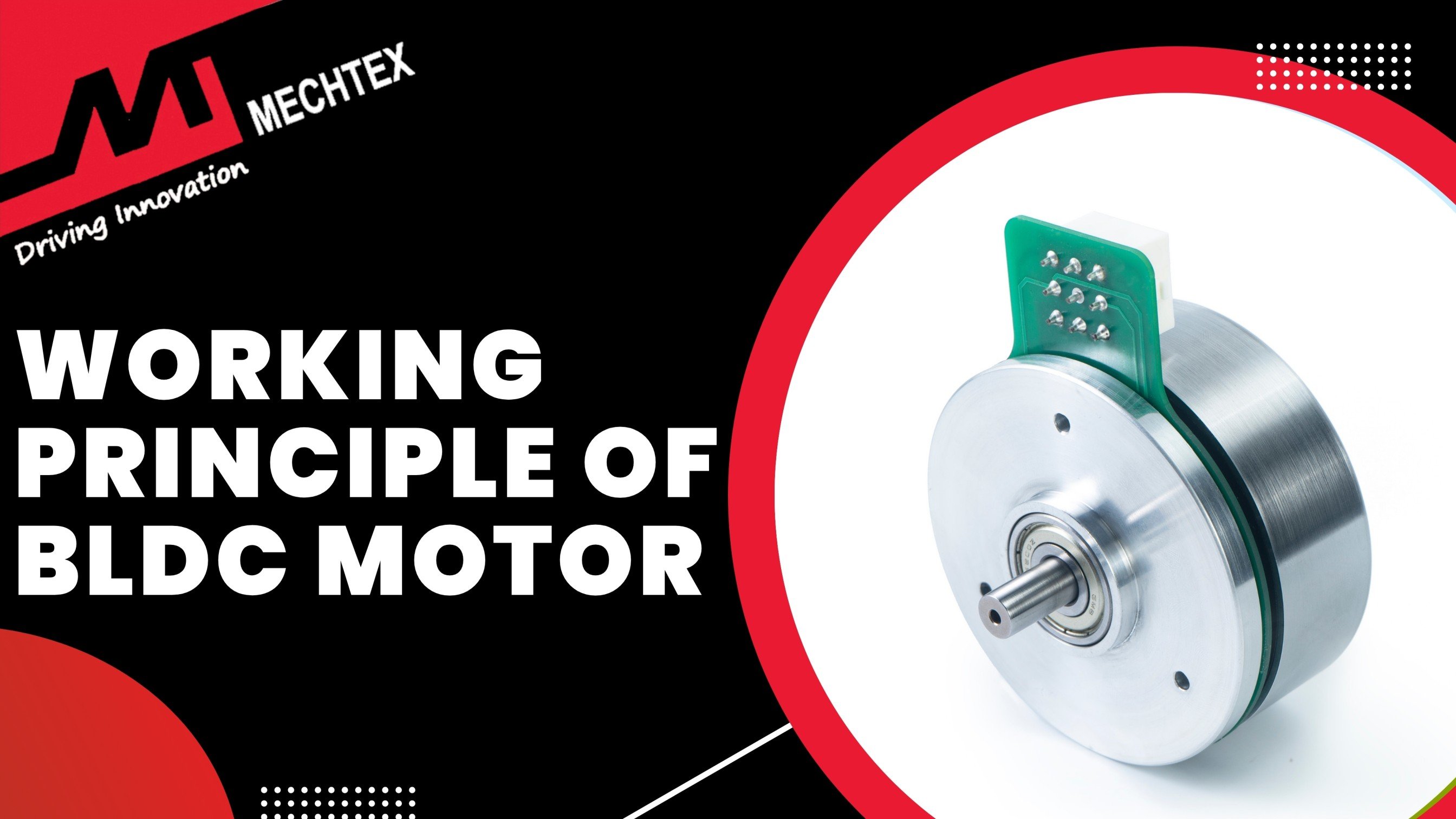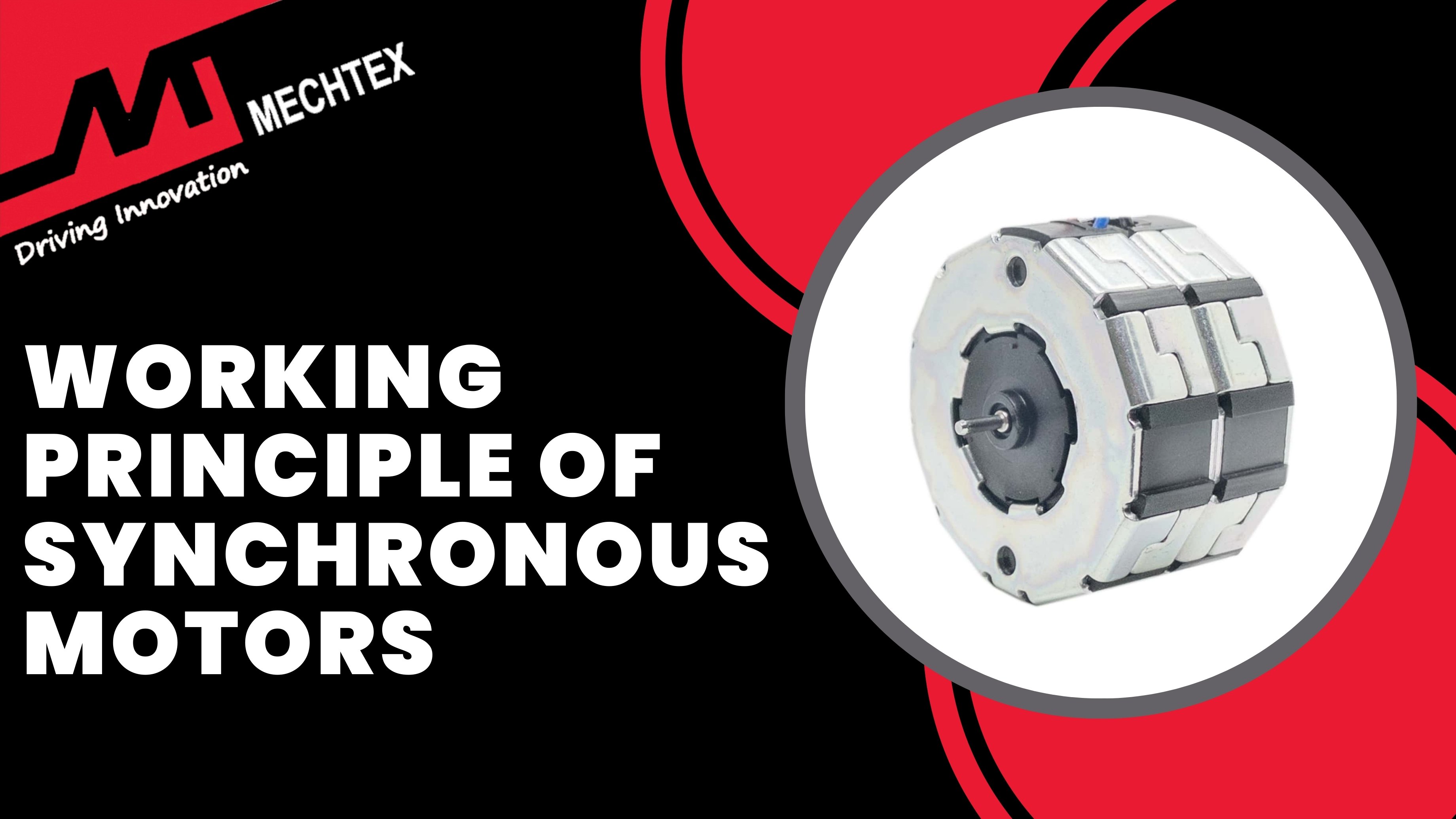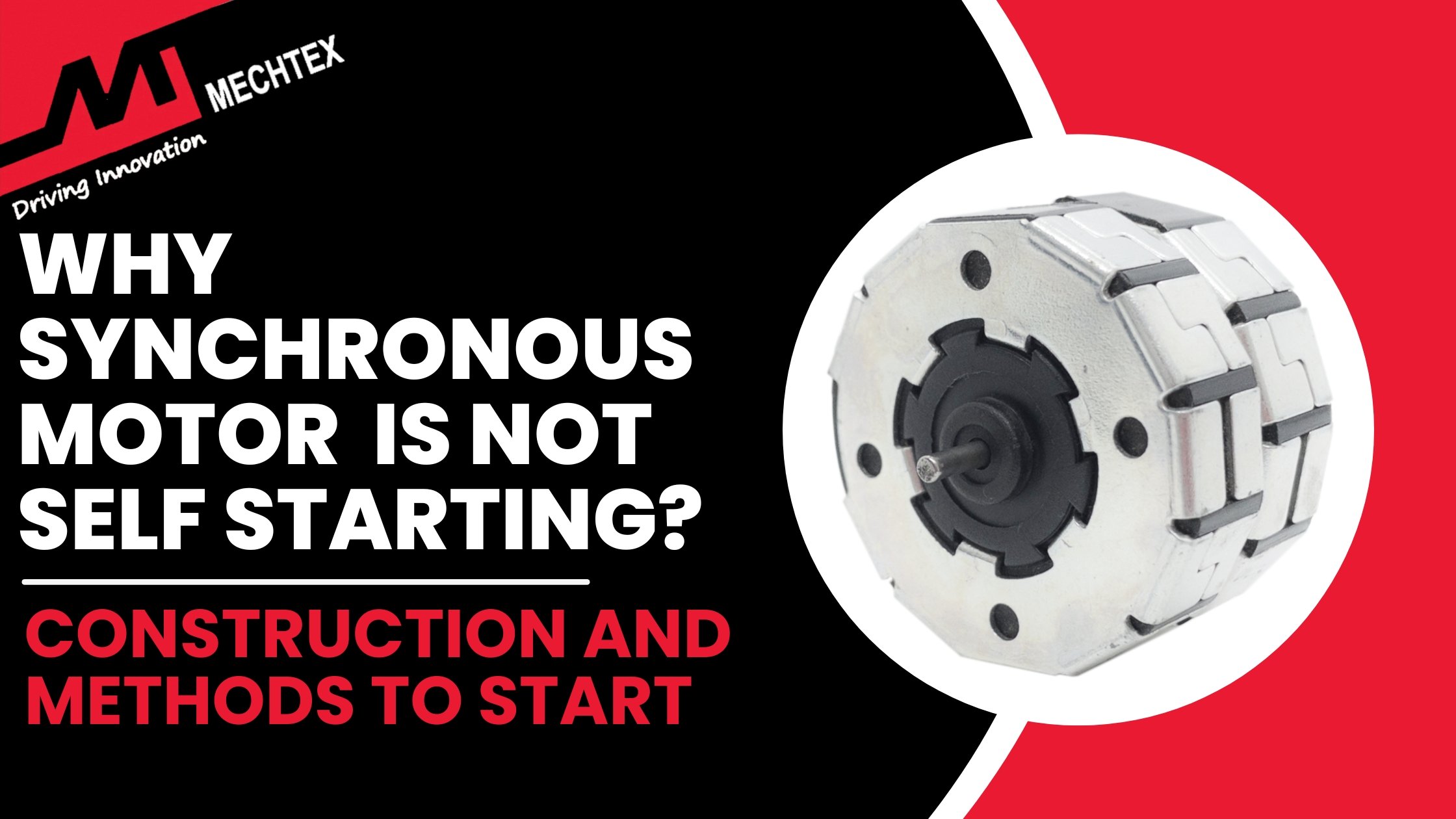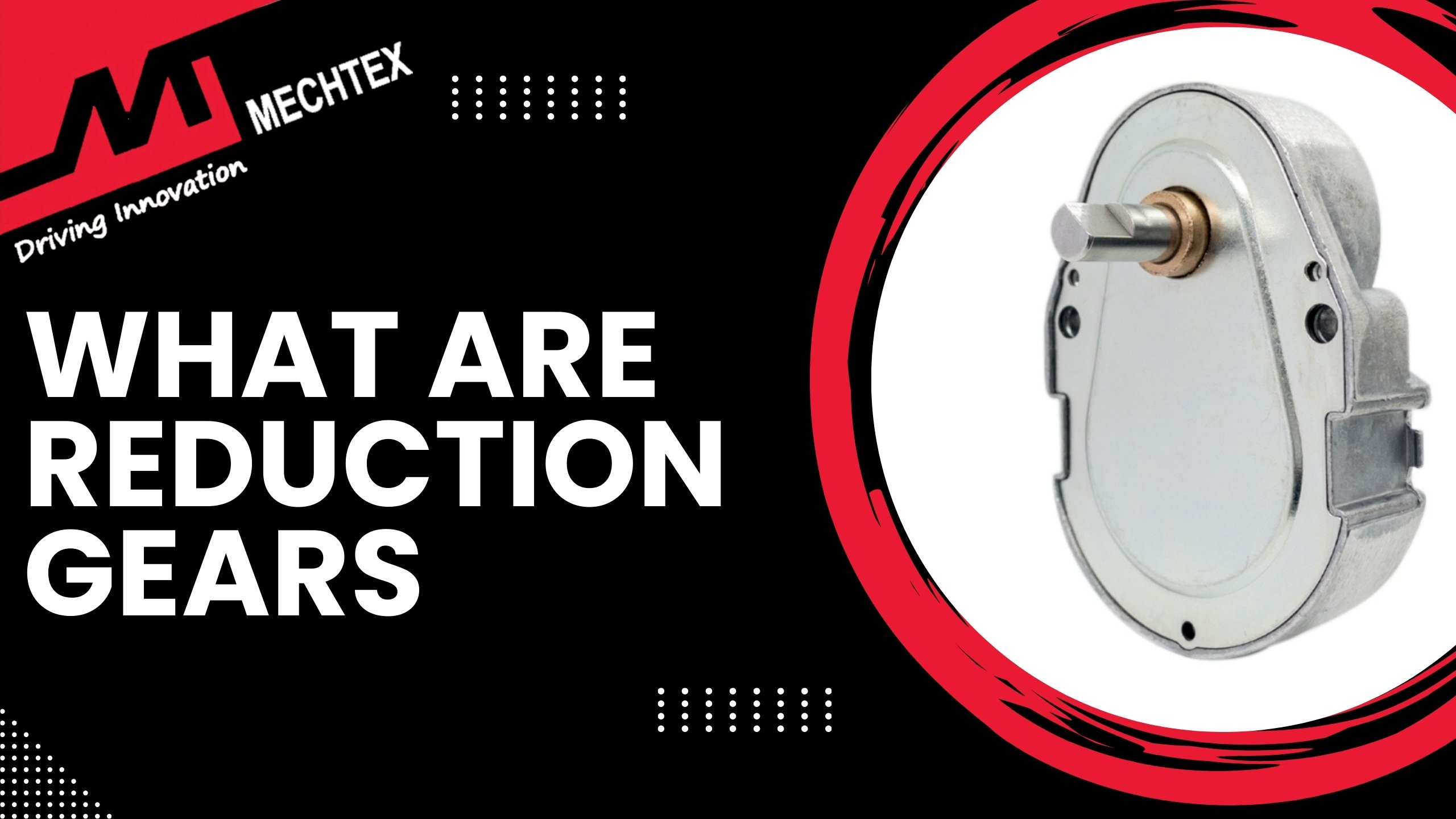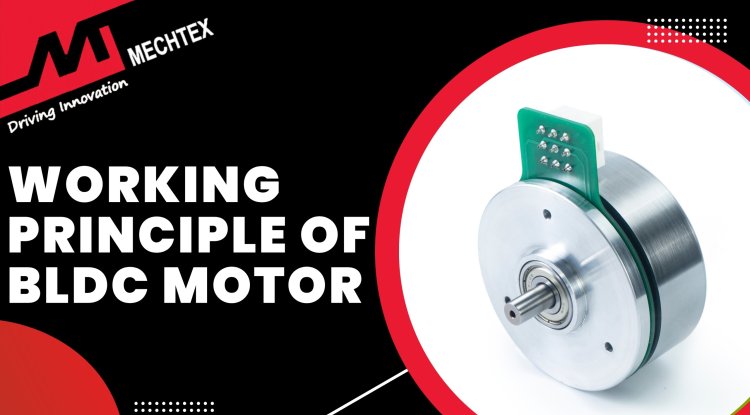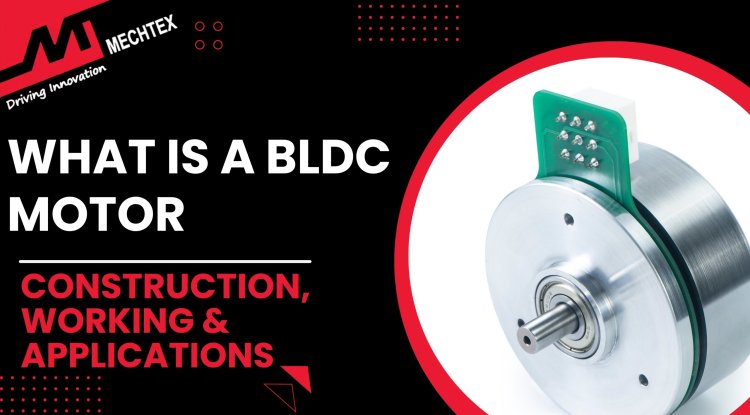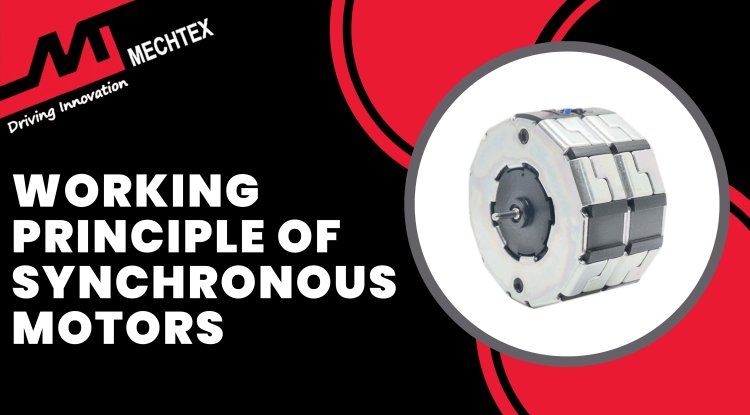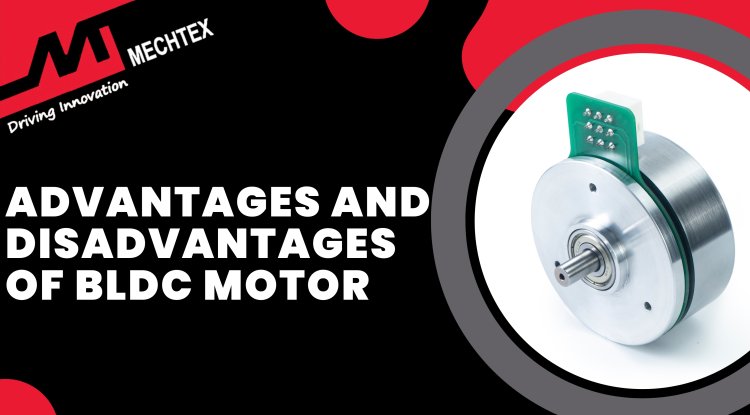What is a Spur Gear? | Types, Benefits and Applications
Spur gears transmit the motion and power between the parallel shafts. It consists of tooth wheels with straight teeth that run in correspondence to transfer rotational motion from one shaft to another shaft.
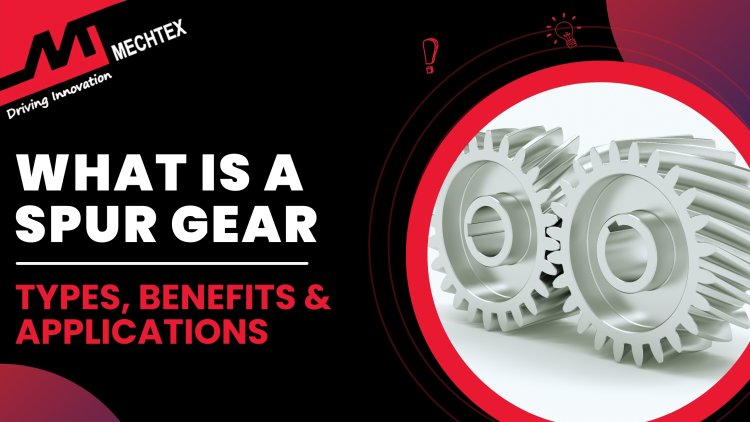
What is a Spur Gear?
Spur gears are fundamental components designed to transmit the motion and power between the parallel shafts. It consists of tooth wheels with straight teeth that run in correspondence to the axis of rotation. This simple and effective design allows spur gears to transfer rotational motion from one shaft to another shaft.
The defining characteristic of spur gear is its straight teeth which are aligned equivalently to the gear axis. This engagement of teeth enables smooth engagement and disengagement between the gears, ensuring efficient power transmission.
Spur gears are found in widespread industries and applications such as machinery, vehicles, industrial equipment, and consumer products. For example, in-vehicle spur gears are used in gearboxes to transfer the power from the engine to the wheels enabling the movement of vehicles.
One of the key advantages of spur gear is their simple design and ease of manufacturing. With their simple design and manufacturing process, spur gear can be produced cost-effectively and transfer power efficiently.
Spur gears also offer excellent reliability and performance. The straight-forward teeth of spur gears enable uniform load distribution, leading to smooth operation and extended life. Spur gears can be customized to suit the specific requirements with various options of different tooth profiles, materials, and sizes.
Spur Gears are used in spur gearboxes to transmit the motion between the parallel shaft with the teeth aligned with its axis to provide efficient and reliable power transmission in various applications.
Types of Spur Gears
Spur gears can customised into different types based on different factors such as the arrangement of teeth, gear ratio, and application requirements.
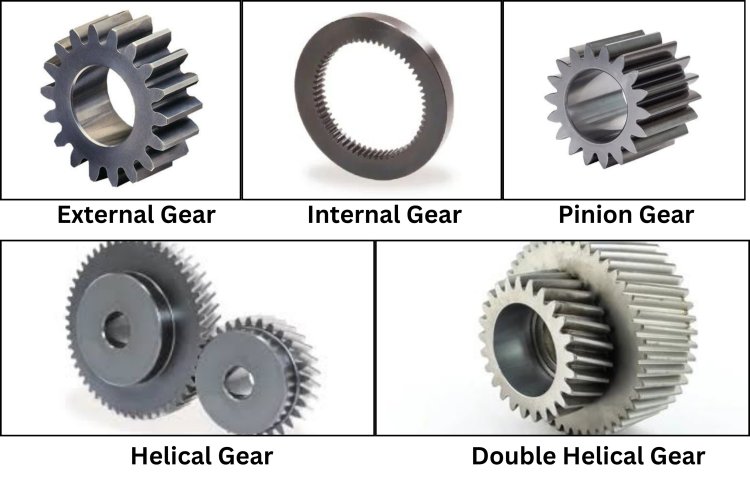
Here are some common types of spur gears
- External Spur Gear
This is the most basic type of spur gear where teeth are cut on the outer surface of the gear wheel. They mesh with the other gears to transmit the power between parallel shafts.
- Internal Spur Gear
Conversely, internal gears have cuts on the inner circumference of the gear wheel, They are used in applications where space is a constraint or specific design requires inward facing gear arrangement.
- Helical Spur Gear
This gear features angled teeth that cut into the helical pattern around the gear circumference. These designs of gears reduce noise and vibration as compared to the other types of gears allowing smoother power transmission and making them ideal for high speed and high-load applications.
- Double Helical Spur Gear
These gears consist of two sets of helical teeth with opposite angles that are cut into the same gear. This design eliminates the axial forces reduces thrust load, enhances stability, and provides smooth operation.
- Pinion Gear
Pinion gears consist of linear tooth rack gear and pinion gear. The pinion gear meshes with the rack gear to convert the rotational motion into linear motion and vice versa. These gears are commonly used in applications such as steering systems and linear motion mechanisms.
Benefits of Spur Gears

Spur gear offers various benefits that make it ideal for various mechanical applications are
- Efficiency
The spur gears are known for their high efficiency in power transmission. Their straight-tooth design ensures the smooth meshing of the gears during the operation. This efficiency makes them a perfect solution for applications where power transmission is crucial.
- Simple Design
Spur gears have a simple design with straight teeth aligned parallel to the gear axis. This simple design makes them easy to manufacture, assemble and maintain. As there are few components with simple design, it reduces the risk of mechanical failures.
Multi-Step Spur Gearbox exemplifies the simplicity and reliability of spur gear design, featuring straight teeth aligned parallel to the gear axis, making it easy to manufacture, assemble, and maintain, while reducing the risk of mechanical failures due to its straightforward component arrangement.
- Cost Effectiveness
With the simple design and easy manufacturing process, the spur gears are cost-effective solutions for power transmission. They require fewer components and machining costs as compared to other gears resulting in low production costs.
- Versatility
Spur gears are versatile and used in widespread applications such as automotive systems, industrial machinery, or consumer products, as they provide reliable and efficient power transmission.
- Smooth Operation
When spur gears are perfectly designed and installed, they operate smoothly and quietly. This smooth operation reduces noise and vibration and improves the overall performance of the mechanical systems
Applications of Spur Gears
Spur gears are found in a wide range of industries and applications due to their versatility reliability, and efficiency. Some of the common applications are
- Automotive Industry
Spur Gears are used in a wide range of automotive vehicles to transfer the power from the engine to the wheels for their movements. They can be found in manual transmission, automatic transmission, differential gears, and other drive-train components.
- Industrial Machinery
Spur gears are the important components of various industrial machinery such as gearboxes, conveyor systems, pumps, compressors, and machine tools. They ensure the transmission of rotational movement and torque for the manufacturing process.
Heavy Loaded Reduction Gears, are designed to excel in demanding industrial machinery applications such as gearboxes, conveyor systems, pumps, compressors, and machine tools, by ensuring reliable transmission of rotational movement and torque in critical manufacturing processes.
- Aerospace and Aviation
Spur gears are used in aircraft engines, landing gear mechanisms, and flight control systems. Their reliability and efficiency are crucial to ensure smooth and safe operation.
- Power Generation
Spur gears are used in power generation systems such as wind turbines, hydroelectric turbines, and steam turbines. Spur gears help to convert rotational movement into electrical energy by driving generators and other equipment.
- Textile Industry
Spur gears are used in textile machinery for various processes such as spinning, weaving, and dyeing. They help to control the movement of various components in textile machinery for smooth operation.
- Printing, Packaging, and Consumer Products
Spur gears are used in printing and packaging machinery to drive rollers, conveyors, and other moving parts. It is also used in various consumer products such as clocks, watches, printers, copiers, and power tools for precise and reliable motion control movement.

